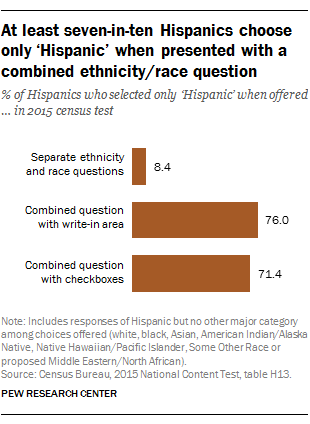Theorizing Race in the Americas: Douglass, Sarmiento, Du Bois, and VasconcelosPosted in Books, Caribbean/Latin America, Literary/Artistic Criticism, Media Archive, Monographs, United States on 2017-05-03 02:24Z by Steven |
Theorizing Race in the Americas: Douglass, Sarmiento, Du Bois, and Vasconcelos
Oxford University Press
2017-05-01
280 pages
6-1/8 x 9-1/4 inches
Hardcover ISBN-13: 978-0190633691
Juliet Hooker, Associate Professor of Government and African and African Diaspora Studies
University of Texas, Austin
- The first book to simultaneously analyze U.S. African-American and Latin American political thinkers and their ideas about race.
- Transforms understandings of prominent U.S. African-American and Latin American intellectuals through a hemispheric analysis.
- Challenges political theory’s preoccupation with East/West comparisons by foregrounding the Americas.
- Brings African-American and Latin American political thought into conversation and shows how each discipline was developed through transnational intellectual exchanges.
- Maps a genealogy of racial thought in the Americas.
In 1845 two thinkers from the American hemisphere – the Argentinean statesman Domingo Faustino Sarmiento, and the fugitive ex-slave, abolitionist leader, and orator from the United States, Frederick Douglass – both published their first works. Each would become the most famous and enduring texts in what were both prolific careers, and they ensured Sarmiento and Douglass’ position as leading figures in the canon of Latin American and U.S. African-American political thought, respectively. But despite the fact that both deal directly with key political and philosophical questions in the Americas, Douglass and Sarmiento, like African-American and Latin American thought more generally, are never read alongside each other. This may be because their ideas about race differed dramatically. Sarmiento advocated the Europeanization of Latin America and espoused a virulent form of anti-indigenous racism, while Douglass opposed slavery and defended the full humanity of black persons. Still, as Juliet Hooker contends, looking at the two together allows one to chart a hemispheric intellectual geography of race that challenges political theory’s preoccupation with and assumptions about East/West comparisons, and questions the use of comparison as a tool in the production of theory and philosophy.
By juxtaposing four prominent nineteenth and twentieth-century thinkers – Frederick Douglass, Domingo F. Sarmiento, W. E. B. Du Bois, and José Vasconcelos – her book will be the first to bring African-American and Latin American political thought into conversation. Hooker stresses that Latin American and U.S. ideas about race were not developed in isolation, but grew out of transnational intellectual exchanges across the Americas. In so doing, she shows that nineteenth and twentieth-century U.S. and Latin American thinkers each looked to political models in the ‘other’ America to advance racial projects in their own countries. Reading these four intellectuals as hemispheric thinkers, Hooker foregrounds elements of their work that have been dismissed by dominant readings, and provides a crucial platform to bridge the canons of Latin American and African-American political thought.
Table of Contents
- Acknowledgments
- Introduction: Race Theory and Hemispheric Juxtaposition
- Part I : Ambas Américas
- 1. “A Black Sister to Massachusetts”: Latin America and the Fugitive Democratic Ethos of Frederick Douglass
- 2. “Mi Patria de Pensamiento”: Sarmiento, the United States, and the Pitfalls of Comparison
- Part II: Mestizo Futurologies
- 3. “To See, Foresee, and Prophesy”: Du Bois’ Mulatto Fictions and Afro-Futurism
- 4. “A Doctrine that Nourished the Hopes of the Non-White Races”: Vasconcelos, Mestizaje’s Travels, and U.S. Latino Politics
- Conclusion
- Notes
- Bibliography
- Index







